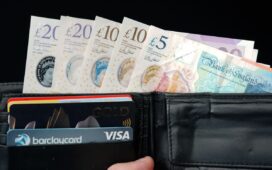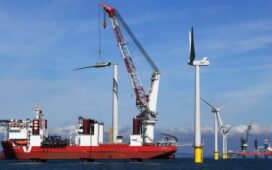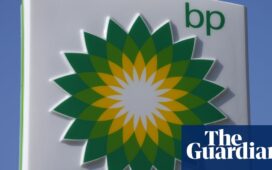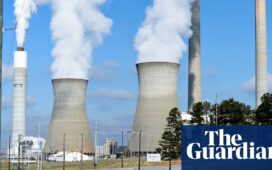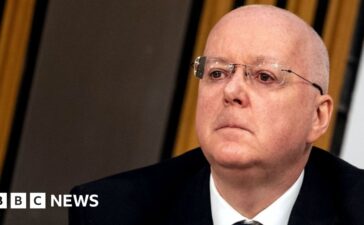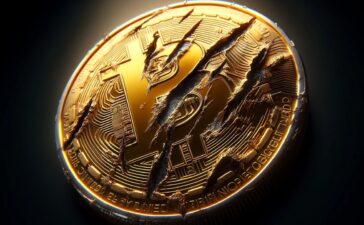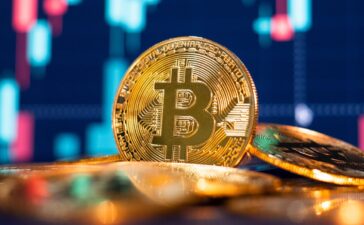The price of crude oil has topped $95 a barrel, threatening to push up petrol prices at the pump and create a headache for central bankers tasked with taming the resulting inflation.
Markets are already betting that the latest inflation figures from the Office for National Statistics, out on Wednesday, will show a rise in the annual rate of consumer price inflation to 7% in August, from 6.8% in July.
That would be unwelcome news for Rishi Sunak, who in January promised to halve inflation by the end of this year from its then rate of 10.7%, and also for the Bank of England, whose mandate is to get inflation back down to its 2% target.
Oil prices are rising because of mounting worries over a supply deficit, following recent output cuts by Saudi Arabia and Russia, which have been extended until the end of this year. Brent crude, the international oil benchmark, rose above $95 a barrel on Tuesday, a 10-month high, continuing its march towards $100 a barrel.
“Hurricanes and tropical storms, if they hit oil and fuel production facilities in the US, always threaten to send oil and pump prices soaring at this time of the year … This year, however, turbulence from Opec oil production cuts, exchange rates and refinery outages has led to a much more sustained price surge,” said Luke Bosdet, the AA’s spokesman on pump prices.
“Drivers have been lashed by a 10p-a-litre rise in the cost of petrol since the beginning of August.”
A rise in pump prices could slow or reverse the decline since February in the annual rate of consumer price inflation, putting pressure on the Bank of England to continue fiscal tightening by increasing borrowing costs.
The central bank is expected to raise interest rates by another quarter point to 5.5% this Thursday amid concerns about record wage growth. However, the jobs market is cooling and the markets believe any increase this week will mark the peak of this cycle.
Thomas Pugh, economist at the tax and consulting firm RSM UK, said: “The easing in the labour market and emerging weakness in the economy means that will probably be the last of the rate hikes. We then expect interest rates to remain at 5.5% until the second half of 2024 by which time inflation should have subsided by enough to allow the monetary policy committee to begin to gradually cut interest rates.”
Core consumer price inflation, which strips out volatile items like food, energy, alcohol and tobacco, is expected to have dipped in August, from 6.9% to 6.8%.
By comparison, headline inflation in the eurozone eased to 5.2% last month from 5.3% in July, still well above the European Central Bank’s 2% target. In the United States, inflation rose to 3.7% from 3.2% amid a sharp increase in energy prices.
after newsletter promotion
The decline in UK inflation from its peak of 11.1% last October has been almost entirely driven by falling energy price inflation – from 59% year-on-year then, to -7.8% in July – said Sandra Horsfield, an economist at Investec.
There is some more downward pressure to come from utility bills in the October numbers, she said. Typical household energy bills increased by 27% in October last year after a surge in wholesale costs that led the government to cap the cost per unit with its energy price guarantee.
Horsfield added: “However, petrol prices are becoming an increasing counterweight to this [lower energy prices], having risen as the oil price has rebounded. Indeed, it looks like this alone will add 0.4 percentage points to headline inflation in August, before the benefit of lower utility bills is felt.”
There is also the rise in alcohol duty, which took effect at the start of August. This will push inflation up, but only slightly, she said. At the same time, factory gate inflation and shipping costs have eased, which should feed through to consumer prices, and food price inflation looks set for a further drop.

